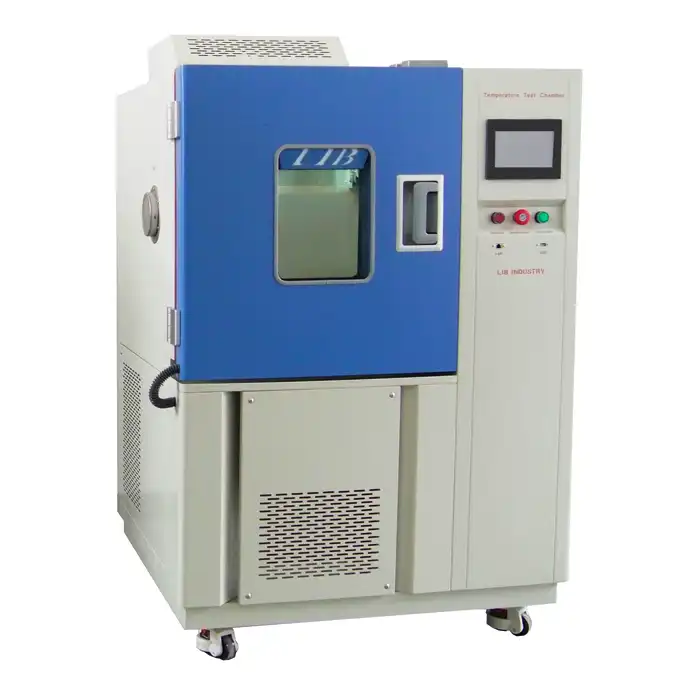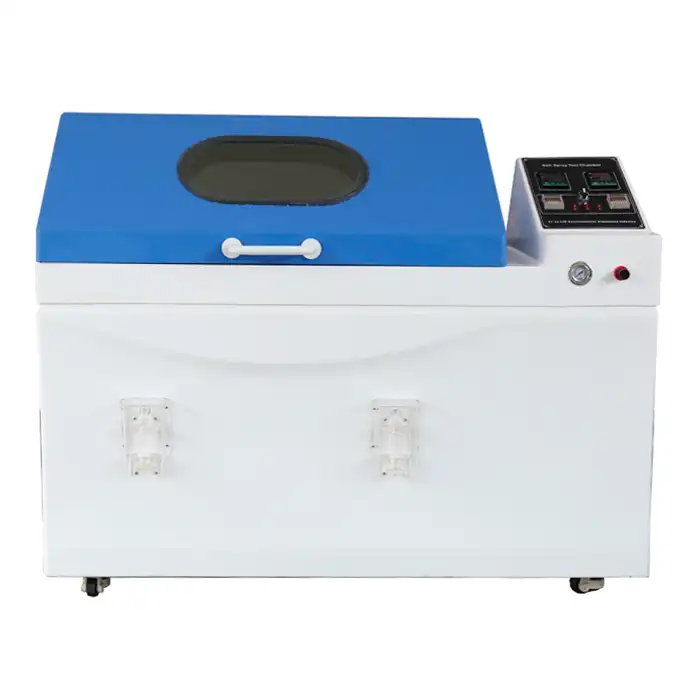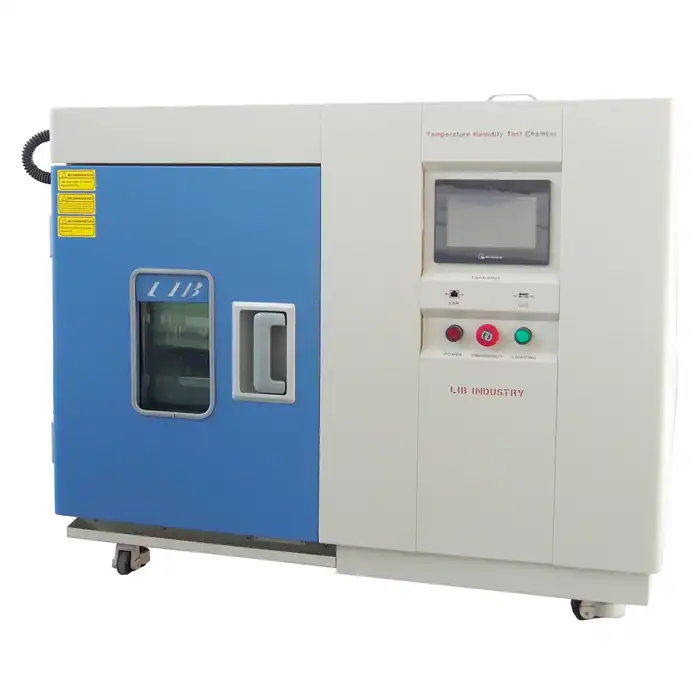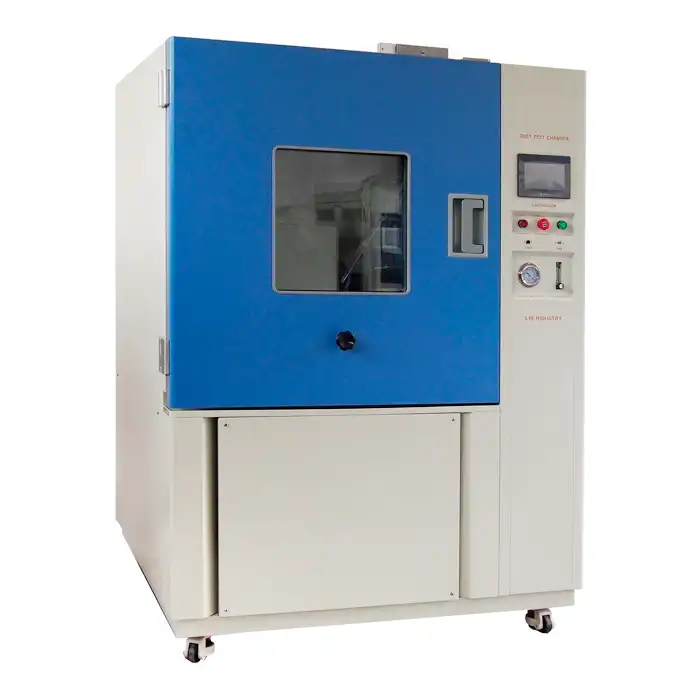How does a Mini Temperature Chamber work?
Mini temperature chambers are indispensable tools in various industries, from electronics to pharmaceuticals. These compact yet powerful devices simulate different environmental conditions, primarily temperature variations, to test the resilience and performance of products. In this comprehensive guide, we'll delve into the intricate workings of mini temperature chambers, exploring their components, functionality, and applications.
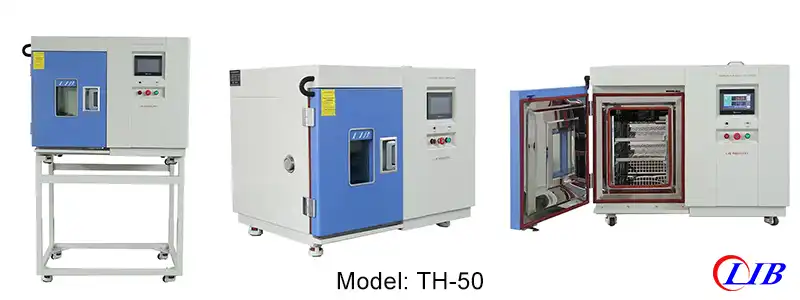
The Fundamentals of Mini Temperature Chambers
Defining Mini Temperature Chambers
Mini temperature chambers are specialized enclosures designed to create and maintain specific temperature conditions. Unlike their larger counterparts, these chambers are compact, making them ideal for testing smaller products or components. They offer precise temperature control, typically ranging from -70°C to +150°C, allowing for rigorous environmental testing in a controlled setting.
Core Components
The efficacy of a mini temperature chamber lies in its well-engineered components. These typically include a refrigeration system, heating elements, a circulation fan, and a programmable controller. The refrigeration system uses compressors and refrigerants to cool the chamber, while heating elements provide warmth. The circulation fan ensures uniform temperature distribution, and the controller manages the overall operation.
The Science Behind Temperature Control
Mini temperature chambers operate on the principles of thermodynamics and heat transfer. They utilize a closed-loop control system that continuously monitors and adjusts the chamber's internal temperature. This system employs sensors to measure the current temperature and compares it to the set point, making necessary adjustments to maintain the desired conditions.
Operational Mechanisms of Mini Temperature Chambers
Cooling Process
The cooling process in a mini temperature chamber starts with the compressor, which plays a vital role in the refrigeration cycle. As the compressor compresses the refrigerant, it raises both its temperature and pressure, preparing it for the next stage. The high-pressure refrigerant then flows into the condenser, where it releases heat to the surrounding environment and transforms into a liquid. Afterward, the liquid refrigerant moves through an expansion valve, where it rapidly expands and cools. This cold refrigerant then circulates through the chamber, absorbing heat from the interior, which effectively lowers the temperature and maintains the desired conditions for testing or storage.
Heating Process
When heating is necessary, the mini temperature chamber activates its heating elements, which are usually electric resistance heaters. These heaters work by converting electrical energy into thermal energy, generating the necessary heat for the chamber. Once the heaters are activated, a circulation fan helps distribute the warmth evenly throughout the interior space, ensuring a consistent temperature is achieved. The chamber’s controller plays a crucial role by modulating the power supplied to the heaters, allowing for precise adjustments to reach and maintain the desired temperature settings. This coordinated process enables the chamber to create the optimal environment for various testing and storage applications.
Temperature Uniformity
Achieving uniform temperature distribution is essential for obtaining accurate and reliable test results. Mini temperature chambers employ circulation fans to enhance air movement within the chamber. This continuous air circulation plays a critical role in eliminating hot and cold spots, which can lead to inconsistent temperature conditions. By promoting a steady flow of air, the chamber ensures that the test specimen is uniformly exposed to the desired temperature throughout the entire testing period. This careful management of temperature uniformity is vital for validating results, especially in sensitive applications where even minor temperature variations can significantly impact the outcome.
Applications and Benefits of Mini Temperature Chambers
Industry Applications
Mini temperature chambers are essential tools across a wide range of industries, serving various testing needs. In the electronics sector, they are utilized to evaluate components under extreme temperature conditions to ensure reliability and performance. The automotive industry uses these chambers to test vehicle parts for durability and safety in harsh environments. Pharmaceutical companies rely on mini temperature chambers for stability testing of drugs, ensuring their efficacy over time. Additionally, aerospace, defense, and research institutions depend on these chambers for rigorous testing, validating products under diverse and challenging conditions to meet industry standards.
Advantages of Mini Temperature Chambers
Mini temperature chambers provide numerous advantages due to their compact size. Their smaller footprint allows them to fit into limited spaces, making them ideal for labs or facilities with space constraints. Additionally, they consume less energy compared to larger models, contributing to overall cost savings for organizations. The reduced internal volume facilitates quicker temperature changes, which helps streamline test cycles and improve efficiency. Furthermore, their lightweight design often enhances portability, allowing for convenient on-site testing when needed, thus increasing flexibility for various applications and industries.
Enhancing Product Quality and Reliability
Mini temperature chambers are instrumental in enhancing product quality and reliability by exposing products to extreme temperature conditions. This rigorous testing process helps identify potential weaknesses or failures that might arise in real-world scenarios. By proactively assessing how products perform under various thermal stresses, manufacturers can gather valuable insights to refine their designs. This iterative approach not only leads to improved product durability but also enhances overall reliability. Ultimately, these efforts result in higher-quality products that meet consumer expectations and industry standards, fostering greater customer satisfaction.
Conclusion
Mini temperature chambers are marvels of engineering that provide invaluable insights into product performance under varying temperature conditions. Their ability to create and maintain precise temperature environments makes them indispensable tools across numerous industries. As technology continues to advance, we can expect these chambers to become even more sophisticated, offering greater precision, efficiency, and versatility in environmental testing.
Contact Us
If you're looking to enhance your product testing capabilities or need more information about Mini Temperature Chambers, don't hesitate to reach out. At LIB Industry, we specialize in providing turn-key solutions for environmental testing, including research, design, production, commissioning, delivery, installation, and training. Contact us at info@libtestchamber.com to learn how our Mini Temperature Chambers can benefit your testing needs.
References
1. Johnson, A. (2021). Principles of Environmental Testing: A Comprehensive Guide.
2. Smith, B., & Brown, C. (2020). Advances in Temperature Chamber Technology.
3. Lee, D. (2019). Applications of Mini Temperature Chambers in the Electronics Industry.
4. Wilson, E. (2022). Thermodynamics and Heat Transfer in Environmental Testing Equipment.
5. Garcia, M., & Rodriguez, N. (2021). Quality Assurance Through Environmental Simulation: Case Studies.
6. Thompson, R. (2020). The Evolution of Temperature Control Systems in Testing Chambers.



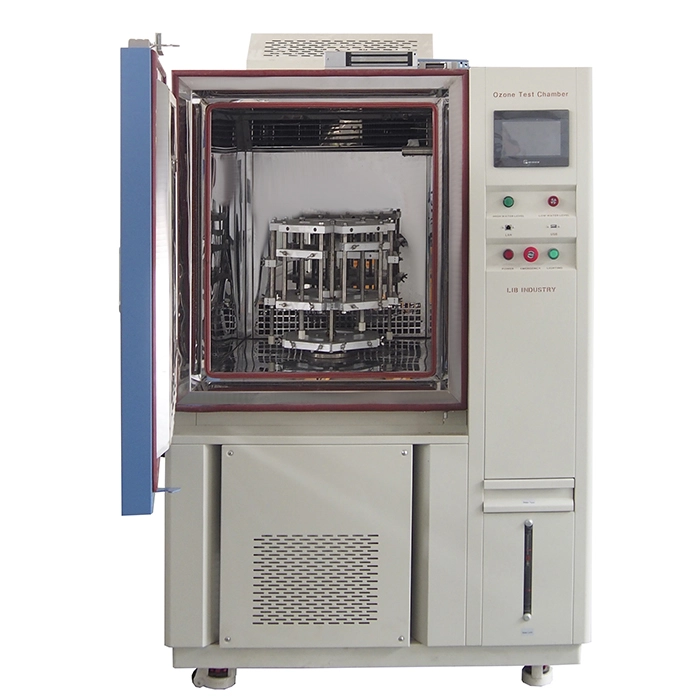
.webp)
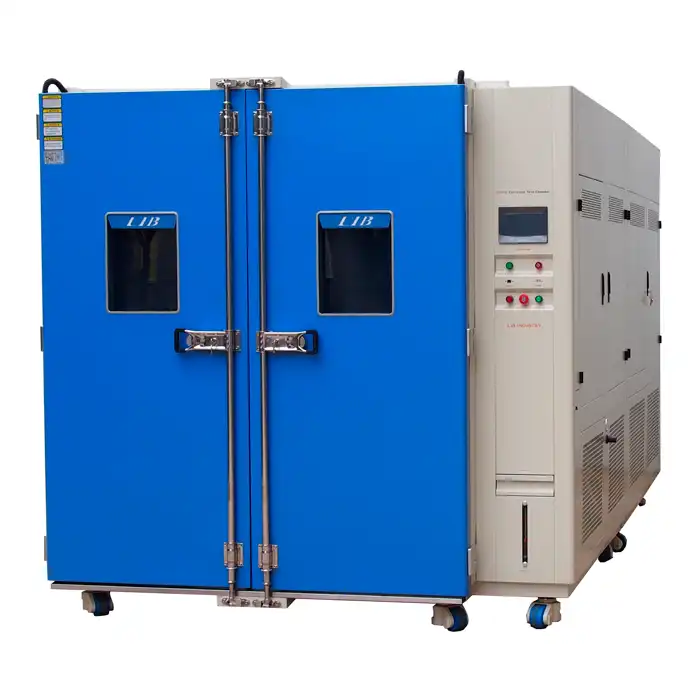
.jpg)
